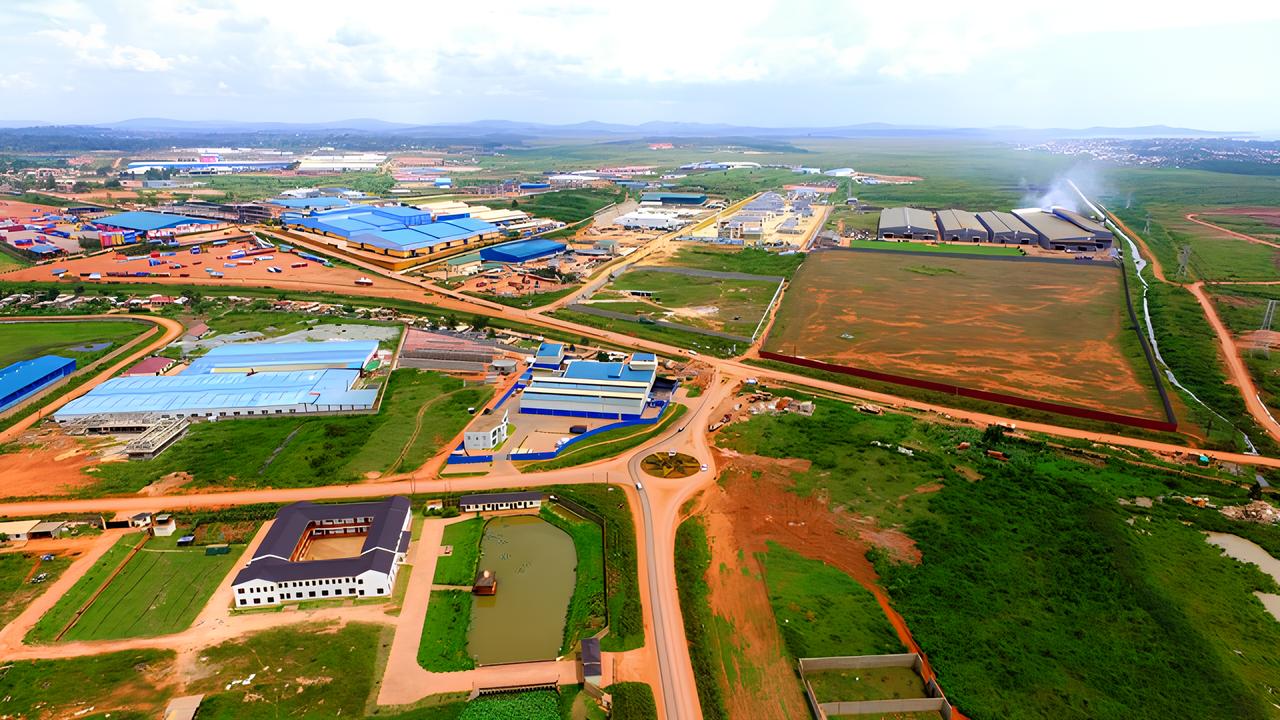Conversations on Uganda’s development

Sometime last week, one of President Museveni’s long term critics opined: “Is Museveni a big talker and small deliverer?” We will engage with that false held opinion in the weeks ahead. But today, we start deliberate conversations about Uganda’s development journey.
These will be series covering the next few months.
A few weeks ago, Government of Uganda signed an agreement with Sarrai Group Limited to revive the Kilembe Copper Mines in Kasese District. See, President Museveni has positioned our country Uganda as a key supplier in the growing global market for critical minerals and rare earth minerals. According to the World Bank, Uganda’s industrial sector contributes 25%, followed by the services which contributes 44%.
The redevelopment of Kilembe mines has three components-revival of the mines, construction of a power plant and exploration of copper. Kilembe mines said to contain about 4 million metric tons of ore that is 1.98% copper and 0.17% cobalt, both of which are needed for the energy transition away from fossil fuel, had stopped operations in 1978.
Sarai group will not export raw material, after President Museveni previously stopped export of any minerals, insisting that that they should be processed here. “Miners who want to export raw minerals should not be granted permits by the Ministry of Energy and Mineral Development. Rather, permits ought to be given only to regional producers who enhance these resource”, the president directed.
Kilembe and DRC: Kilembe mines sits on the foothills of the snowcapped mountains of the Rwenzori, borders with Queen Elizabeth National Park, the Equator, Katwe Salt Lake for salt mining and other tourism attractions. Kilembe is also in close proximity with the DRC borders. DRC has been marred by fights, wars, instability bringing to Uganda an influx of refugees. In 2023, Uganda’s exports to Congo surpassed USD411 million dollars, growing from USD 410.87 million by 2017. Most of these exports are manufactured here in Uganda; cement, chemicals, cooking oil, dairy products, etc. It is understandable then, why Uganda must take the Congo security question seriously, and why our country entered into a 223km road-building project with DRC to open the Eastern part of Goma, Beni Butembo: to ease cross border trade to tap into what is largely a virgin market. Security is deeply connected to trade.
Uganda and Innovation: Uganda has unveiled series of innovation grants aimed at boosting scientific research and industrial development under the pathogen economy. The latest at the centre of this is the 152 acre Bioscience park at the National Enterprise Corporation Industrial park in Nakasongola comprising five zones-the medical technology industries, light manufacturing, agricultural processing, heavy manufacturing and the pathogen economy biosciences park will Strengthen health, innovation, and industrialisation through the Pathogen Economy Biosciences Park and drastically reduce importation of biomedical imports-to a reduction point of over USD100bn annually. Note: Uganda is now making the PCR diagnostic kits that cost over 200billion in annual imports.
Industrial parks: Have you driven along the Bweyogerere-Jinja route? Early mornings, one sees hundreds of young people reporting for their shifts in different factories that have set up. Uganda has other industrial parks including the Luzira, Kasese, Mbarara, Jinja, Mbale, Soroti, and Karamoja, Mbale and the 15,000 employee Nakaseke industrial park. These have all greatly aided in job creation, import substitutions through production of different materials like construction materials, pharmaceuticals, agro-chemicals, textiles among others. Todate, there are 18 processing centres with another nine under construction. With tax incentives and affordable amenities. The investment authority approved 4 regional science and technology industrial parks to make a total of 27 industrial parks. If these focus on value addition, Uganda is unstoppable.
Opening Kabalega Airport to the world: Further out of Kampala is the open secret that the approximately shs1.18trillion Kabalega Airport, a crucial infrastructure for the oil and gas sector will be open to traffic this year, after successfully passing the test flights and showcasing its readiness. Construction of the most critical oil roads is complete, including the Kabalega road, that’s been upgraded to a 4- lane, improving connectivity and reducing congestion-all adding to the miles of smiles.
The Social sector: Uganda has also made critical progress in the social services sector, only recently expanding malaria vaccine- adding to the sustained fight against other killer diseases that the government has successfully wiped out through immunisation. Speaking social services, Government has expanded water and sewerage services tremendously, increasing served towns from 23 to 276, reaching 19 million people. We’ll highlight these deeply in subsequent articles, alongside, education, agriculture, etc.
Uganda has seen remarkable economic growth, and ranks among the world’s most rapidly developing nations. To maintain an average annual growth rate exceeding 6%, can be attributed to different things, but Uganda’s economic liberalisation initiated by President Kaguta Museveni’s leadership and his stance on long term peace and stability is key.
Our request: Support our work.
APT Communications is a private PR and Communications company. All articles and stories are published at NO cost. We rely on our resources for research and investigations to tell most of the stories that we have written over the year, reaching thousands of readership.
You too can be a contributor by simply writing to info@apt.ug

